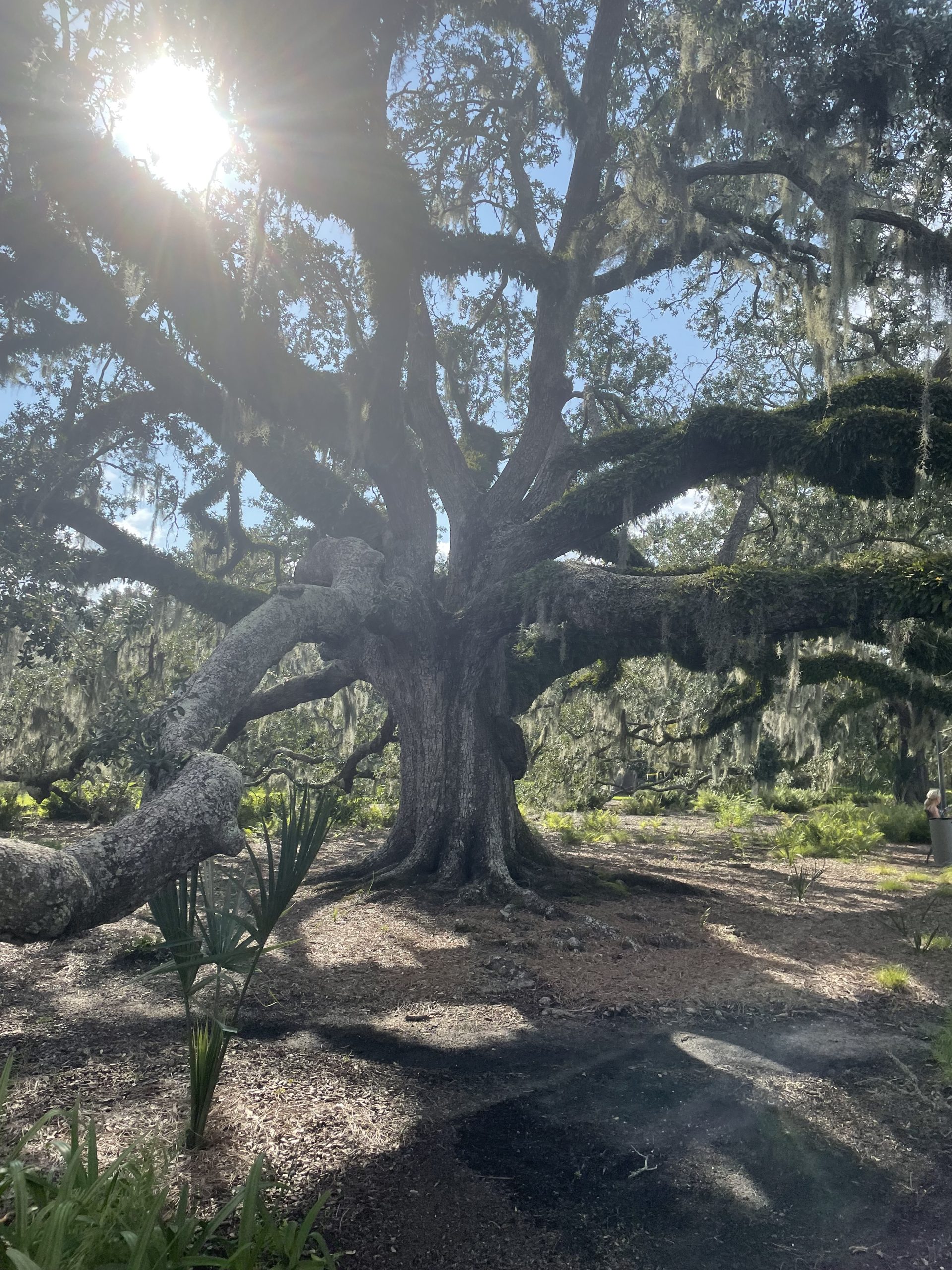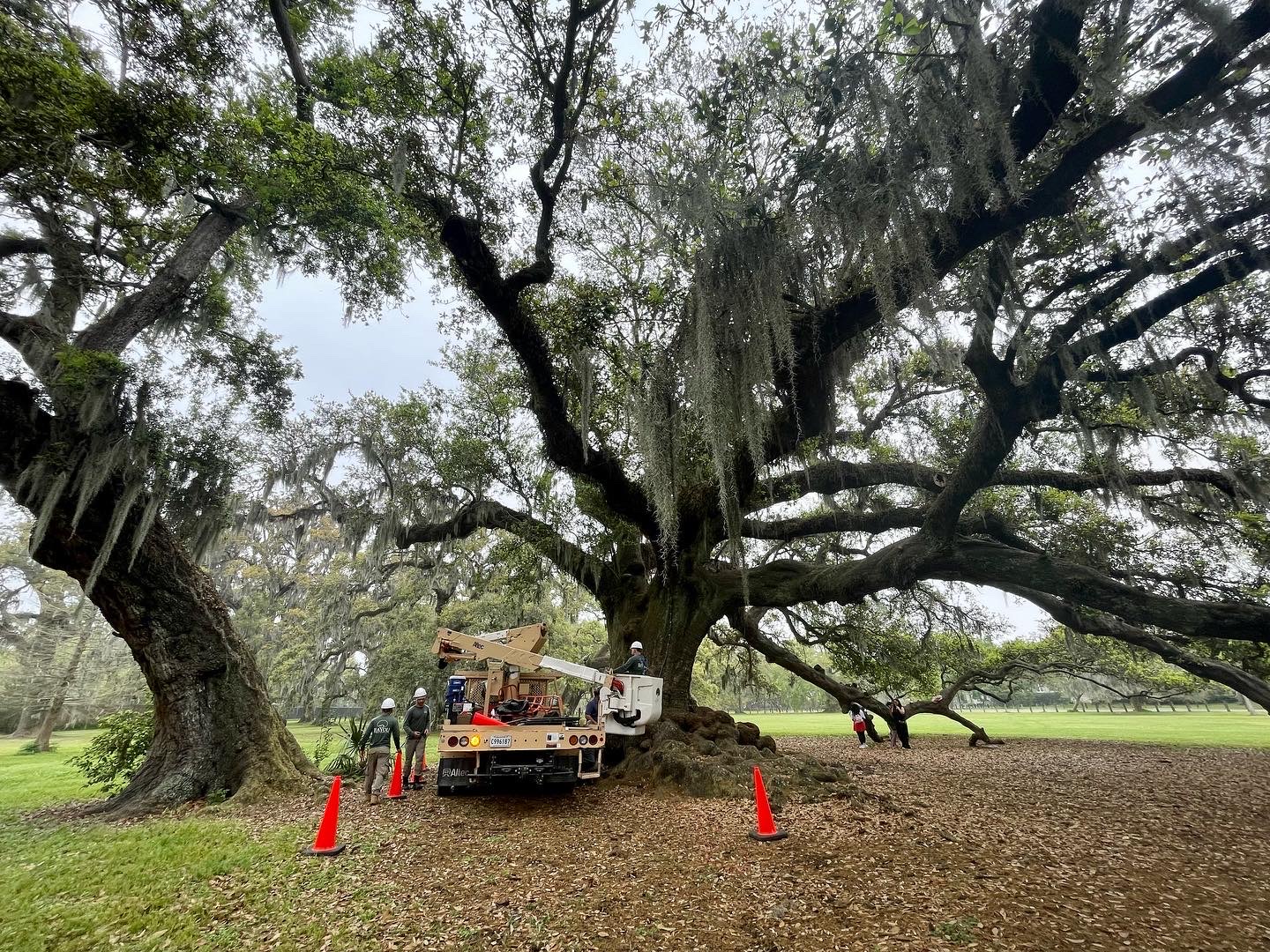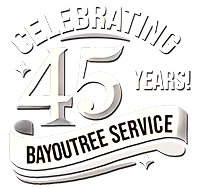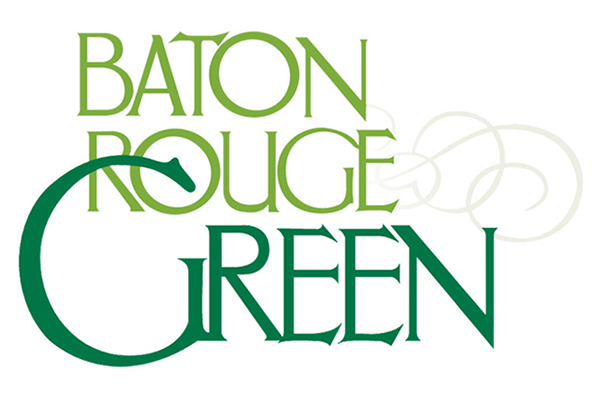Live oak trees, known for their sprawling branches and evergreen foliage, are iconic symbols of the southern landscape, particularly in the New Orleans and Baton Rouge areas. These majestic trees, some of which have stood for hundreds of years, are not just natural wonders but also historical treasures that have witnessed the evolution of their surroundings. Their presence adds significant value and beauty to any property, making their care and preservation crucial.
Proper tree care for live oaks is essential to maintain their health and prolong their lifespan. Given their historical and aesthetic importance, these trees require specialized attention to thrive in the unique environmental conditions of Louisiana. Not taking care of trees can cause problems like disease, weak structures, and even the death of these beautiful trees.
Understanding the intricacies of live oak care involves answering key questions about maintaining their health and addressing common problems. Understanding the importance of professional tree care for live oaks is crucial.
Being able to identify signs of a healthy tree is also essential. Taking necessary steps to keep live oaks thriving is important. By focusing on these aspects, you can preserve these southern treasures and benefit from the expertise of Bayou Tree Service.

The Importance of Professional Tree Care
Professional tree care is crucial for live oaks due to their unique needs and the complexities involved in maintaining their health. These trees require expert attention to ensure they thrive and continue to be a beautiful part of the landscape. Here’s why professional care is essential:
- Specialized Knowledge: Live oaks have specific requirements that differ from other tree species. Professional arborists are experts who can give specialized care for trees, including pruning, managing diseases, and improving soil health.
- Preventive Care: Regular inspections by professionals help detect and address potential problems early, preventing significant damage and prolonging the tree’s life.
Most arborists at Bayou Tree Service are ISA-certified. This certification signifies that they have completed rigorous training and testing. They have met the industry standards required for this certification.
ISA-certified arborists bring a deep understanding of tree biology and care practices, ensuring that your live oak receives the best possible treatment. Their expertise allows them to perform critical tasks, such as:
- Proper pruning to maintain tree structure and health.
- Identifying and treating diseases and pest infestations.
- Implementing soil management practices to enhance tree vitality.
When you choose Bayou Tree Service for tree care, you are trusting skilled professionals with your live oaks. This will help ensure the health and longevity of your trees for future generations.
Understanding Live oaks
Live oaks can live for several hundred years, with some notable specimens in the southern United States exceeding 500 years of age. Live oaks are historically important trees that have witnessed significant events in American history and are now cherished landmarks.
Characteristics and Lifespan
- Broad Canopy: Live oaks have a wide, sprawling canopy that provides ample shade and creates a picturesque landscape.
- Evergreen Leaves: Unlike other oak species, live oaks retain their leaves throughout the year, only shedding them briefly in spring.
- Longevity: These trees can live for centuries, making them a long-term investment for any property.
Unique Needs and Challenges
- Soil Requirements: Live oaks thrive in well-drained, acidic soils. Poor soil conditions can lead to root problems and overall decline.
- Watering Needs: While drought-tolerant, young live oaks require regular watering until established. Mature trees benefit from deep watering during prolonged dry periods.
- Pruning: Proper pruning is essential to maintain their structure and prevent diseases. Incorrect pruning can cause significant harm.
Common Misconceptions
- Self-Sufficiency: Many believe that live oaks can thrive without any care due to their natural hardiness. However, regular maintenance is crucial to ensure their health and longevity.
- Overwatering: Some assume that more water is always better. In reality, overwatering can lead to root rot and other issues.
- Pest Resistance: While hardy, live oaks are not immune to pests and diseases. Regular inspections and treatments are necessary to keep them healthy.
Understanding these aspects of live oak care helps ensure that these majestic trees continue to be a valuable and beautiful part
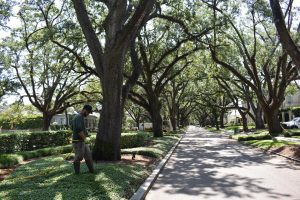
of the southern landscape.
How to Care for a Live oak Tree
Caring for a live oak tree requires a combination of regular maintenance and attention to its specific needs. At Bayou Tree Service, we follow a comprehensive approach to ensure these majestic trees thrive for generations.
Step-by-Step Care Practices
1.Watering:
- For young live oaks, ensure consistent watering during the first few years. Deep watering once a week encourages deep root growth.
- Mature live oaks need less frequent watering but benefit from deep watering during dry spells.
2. Mulching:
- Apply a 2–4-inch layer of mulch around the base of the tree, extending to the drip line. This helps retain moisture, regulate soil temperature, and reduce weeds.
- Keep mulch away from the trunk to prevent rot and pest infestation.
3. Pruning:
- Prune young live oaks to establish a strong structure. Remove any dead, diseased, or crossing branches.
- For mature trees, periodic pruning is essential to remove weak or damaged limbs and maintain their shape. Always use proper pruning techniques to avoid stress and disease.
Seasonal Care Tips
- Spring:
- Inspect for any winter damage and prune as necessary.
- Incorporate THCP or a fertilizer from Bayou Tree Service
- Monitor for pests and diseases, treating them promptly if detected.
- Summer:
- Ensure adequate watering during hot and dry periods.
- Check mulch levels and replenish if needed.
- Prune any limbs that show signs of stress or damage from storms.
- Fall:
- Prepare for winter by ensuring the tree is well-hydrated.
- Inspect for pests and diseases that may take hold during the cooler months.
- Remove any fallen leaves and debris from around the base to prevent fungal growth.
- Winter:
- Remove any dead wood and begin basic pruning.
- Conduct tree inspection.
Proper care for live oaks involves attention to their unique requirements throughout the year. By following these guidelines, you can help ensure your live oak remains healthy and vibrant. At Bayou Tree Service, we dedicate ourselves to providing the expertise and care necessary to maintain these southern treasures.
How to Tell if Your Live oak is Healthy
Ensuring the health of your live oak is essential for its longevity and beauty. Signs of a healthy live oak tree include strong, vibrant leaves and a sturdy trunk. Signs of stress or disease to look out for are wilting leaves, discolored spots, or unusual growths. If you notice any of these signs, it is important to contact an arborist for a health check.
Signs of a Healthy Live oak Tree
- Vibrant Leaves: Healthy live oaks have dense, green foliage throughout the year. The leaves should be shiny and free from spots or discoloration.
- Strong Branches: Look for sturdy, well-structured branches that are free of cracks or splits. Healthy branches should be able to withstand wind and other environmental stresses.
- Steady Growth: Annual growth is a good sign of health. Observe the tree for new shoots and leaves each growing season.
- Firm Bark: The bark of a healthy live oak is firm and free from large areas of peeling or damage. Minor peeling is normal, but extensive areas of bare wood can indicate a problem.
Common Symptoms of Stress or Disease
- Leaf Discoloration: Yellowing or browning leaves can be a sign of water stress, nutrient deficiencies, or disease.
- Wilting or Dropping Leaves: Excessive leaf drop or wilting leaves, especially out of season, indicate stress or possible root problems.
- Dead Branches: The presence of dead or dying branches, particularly in the canopy, suggests underlying health issues.
- Fungal Growth: Mushrooms or fungal growth at the base of the tree or on the trunk can indicate root rot or internal decay.
- Pest Infestations: Visible pests or signs of insect damage, such as holes in leaves or bark, can severely impact the health of your live oak.
When to Call an Arborist for a Health Check
- Persistent Symptoms: If you notice any of the above symptoms persisting over time, it’s crucial to call a professional.
- Major Structural Damage: Large cracks, splits in branches, or significant root exposure require immediate attention.
- Preventive Care: Regular health checks by an arborist can catch potential problems early and ensure your tree receives the care it needs.
- Uncertain Diagnosis: If you’re unsure about the health of your tree, it’s always better to consult an expert. An ISA-certified arborist can provide a thorough evaluation and recommend appropriate treatments.
Maintaining the health of your live oak is essential for its long-term vitality. At Bayou Tree Service, our certified tree experts can diagnose and treat any tree problems. We work to keep your tree healthy and beautiful in your yard.
Common Oak Tree Problems
While hardy and resilient, live oaks are not immune to various pests, diseases, and environmental stressors. Understanding these common issues is crucial for maintaining the health and beauty of these magnificent trees. Here are some common issues with live oaks in New Orleans and Baton Rouge, along with solutions and treatments.
Overview of Common Issues
- Pests: Insects such as oak tree borers, caterpillars, and aphids can cause significant damage. Borers, in particular, create tunnels in the wood, weakening the tree’s structure.
- Environmental Stressors: Dry spells, floods, and extreme temperatures can weaken live oaks. This makes them more susceptible to illness and bug infestations.
Specific Problems in New Orleans and Baton Rouge
- Insects: Invasive insect species like termites, borers, and buck moths can infest live oak trees, causing significant damage to their trunks, roots, and branches.
- Ball Moss: Large amounts of ball moss often indicate that the tree is in poor health or under stress, its growth can block sunlight and reduce air circulation within the tree canopy.
- Root Rot: Excessive moisture from heavy rainfall or poor drainage can lead to root rot, characterized by decayed roots and overall decline in tree health.
- Storm Damage: The severe weather on the Gulf Coast, like hurricanes and lightning, can harm live oaks by breaking branches and uprooting trees.
Solutions and Treatments
- Pest Management: Regular monitoring and timely treatment are crucial. Use insecticides or natural predators to control pest populations. Pruning infested branches can also help.
- Disease Control: For Oak Wilt, prompt removal of infected trees and roots is necessary to prevent spread. Fungicides can be effective for diseases like Powdery Mildew and Anthracnose.
- Proper Watering and Drainage: Ensure adequate drainage around the tree base to prevent root rot. During dry periods, deep watering helps maintain soil moisture without overwatering.
- Structural Support and Pruning: After hurricanes or strong winds, inspect trees for damage and prune broken branches. Structural support, such as cabling and bracing, can help stabilize the tree.
- Spanish Moss Management: Periodic removal of Spanish Moss can prevent heavy infestations. This can be done manually or with the help of a professional arborist.
Addressing these common problems effectively requires a combination of proactive care and timely interventions. At Bayou Tree Service, we work hard to help your live oaks stay healthy and strong, even when they face challenges.
Call Now if You Are Concerned About Ensuring the Health and Longevity of Your Live oaks
Caring for live oak trees is essential to preserving their health, beauty, and historical significance. These majestic trees require specialized attention to thrive, from proper watering and mulching to professional pruning and disease management. By understanding their unique needs and addressing common problems, you can ensure that your live oak remains a vibrant and enduring part of the landscape.
Maintaining the health of live oaks not only enhances the aesthetic appeal of your property but also contributes to the environmental and historical richness of the New Orleans and Baton Rouge areas. Regular care and professional intervention are crucial to prevent and treat issues that could otherwise compromise the tree’s vitality.
For expert care and personalized solutions, trust Bayou Tree Service. Our certified arborists have the expertise to care for your live oaks. Contact us today to schedule a consultation and ensure your trees receive the attention they deserve. With our services, your live oaks will continue to stand as proud symbols of strength and beauty for generations to come.
